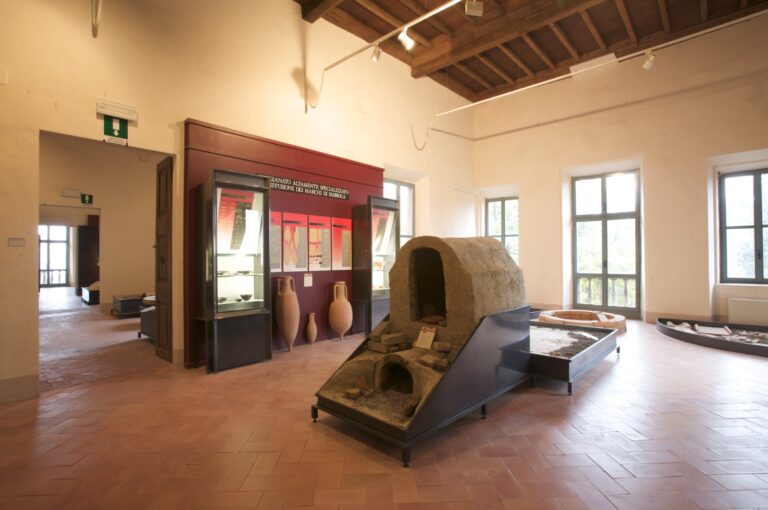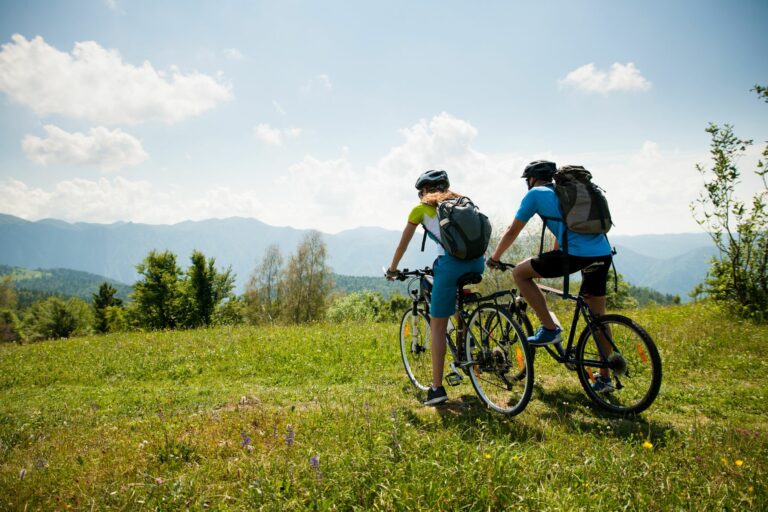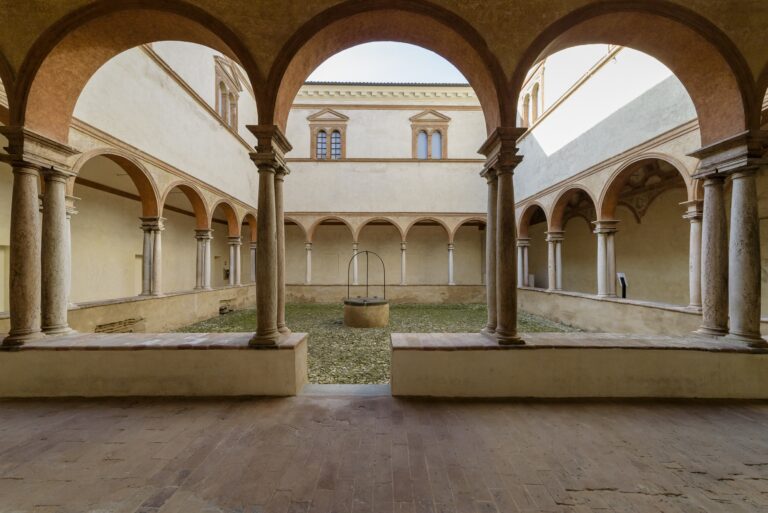What to see around our agritourism? Here is a fascinating itinerary that will guide you to discover the Modena Apennines, among whose hills numerous points of interest are hidden. The itinerary is quite long but can also be done in stages based on what you want to visit.
The first stop is the pretty town of Vignola, located just over 30 kilometers from our farmhouse. Nestled between the Panaro river and the Modena hills, this town is famous for the production of cherries, as well as for being the birthplace of important historical figures such as Jacopo Barozzi, known as Vignola, and Ludovico Antonio Muratori. The town is dominated by the Rocca, a notable example of a fifteenth-century fortress with a square plan and towers at the corners. Inside, the small Cappella dei Contrari stands out, an authentic jewel for its extraordinarily preserved frescoes. Also not to be missed is the elegant Palazzo Contrari-Boncompagni, where Barozzi’s wonderful spiral staircase is located.
Along a secondary road, which you take from the town of Vignola, you arrive at the village of Castelvetro di Modena. Nestled among gentle hills marked by rows and vine shoots, it contains environmental, historical and artistic beauties. It has a picturesque appearance, with a profile characterized by the emergence of towers and bell towers. Among the things to see are: the Parish Church dedicated to SS. Martyrs Senesio and Teopompo, built starting from 1897 in neo-Gothic style; the Municipal Acetaia, set up in the Town Hall; the Levizzano Castle (in the Levizzano Rangone hamlet), which houses the Rosso Graspa Museum, dedicated to the history and culture of the area; and the Sanctuary of the Beata Vergine della Salute (in the Puianello hamlet), a pilgrimage destination.
The next stop is Pavullo nel Frignano, the main center of the historic Frignano region. Located on the hills that divide the valleys of the Panaro and Secchia rivers, it is today a health resort. Here, in addition to the original residential area, the following are worth a visit: the nineteenth-century Palazzo Ducale, currently used as a venue for exhibitions and cultural events; and the Covili House Museum, which offers a true immersion in the universe of Gino Covili, a painter who made the Apennine landscape the primary scene of an ancestral tale. On the road from Pavullo to Sestola you come across the Montecuccolo Castle, with the adjoining medieval village. Perched on one of the hills surrounding Pavullo nel Frignano, it houses important art collections by artists from Pavullo and the Frignano Naturalistic Museum, which displays collections of minerals, herbs, plants and animals from the area.
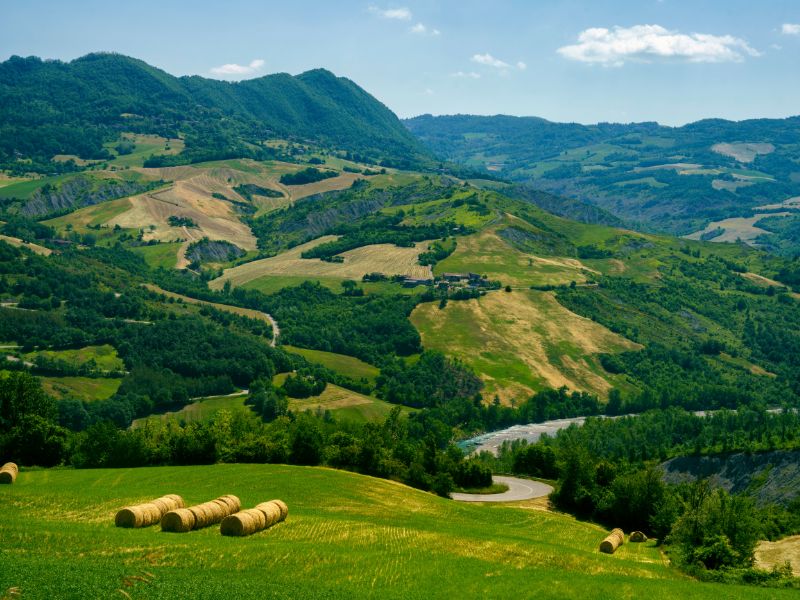
About twenty kilometers from the Montecuccolo Castle is Sestola, the most important winter tourist resort in the region due to its proximity to the Monte Cimone ski resort. The symbol of the town is the Rocca, one of the most important fortifications in the Modena Apennines. In its rooms it houses the Museums of Mountain Civilization and Mechanical Musical Instruments and the permanent exhibitions: Teresina Burchi Reiter Rooms, soprano from Sesto, the fifteenth-century Frescoes of Roncoscaglia, Exhibition of the Castle and panoramas and collection of archaeological finds. Among the other things to see in Sestola there are: the Parish Church of San Niccolò, dating back to the 17th century; and the Church of the Madonna del Rosario, which, recently restored, has regained its ancient splendor.
Fanano, the largest municipality in the Modena Apennines, is also part of the Monte Cimone ski area. Set among chestnut, beech and pine woods, it is known for the sandstone processing by the “picchiarini”, the local master stonemasons. The ancient nucleus still retains its medieval layout and is characterized by the presence of a large number of architectural testimonies from the Romanesque and Renaissance periods such as Palazzo Lardi and the Church of San Silvestro. In the center of Fanano and in the nearby hamlets you can also admire over 200 sculptures created by artists from all over the world.
Returning north, we make a short detour to Verica, a small village that houses one of the oldest parish churches in Frignano, and then we reach Guiglia, the last stop on the itinerary. From the hill on which it stands, it dominates the entire province of Modena, offering a breathtaking view of the hills and the plain below. It is no coincidence that it is considered the “balcony of Emilia”. Much of the Sassi di Roccamalatina Park develops on its territory, which protects some spectacular rocky spiers. In Guiglia the following are worth a visit: the fourteenth-century Castle, sumptuous summer residence of the Montecuccoli marquises; the Parish Church, which houses paintings perhaps attributable to Correggio; and the famous Pieve di Trebbio, whose foundation is attributed to Matilde of Canossa in the 12th century.
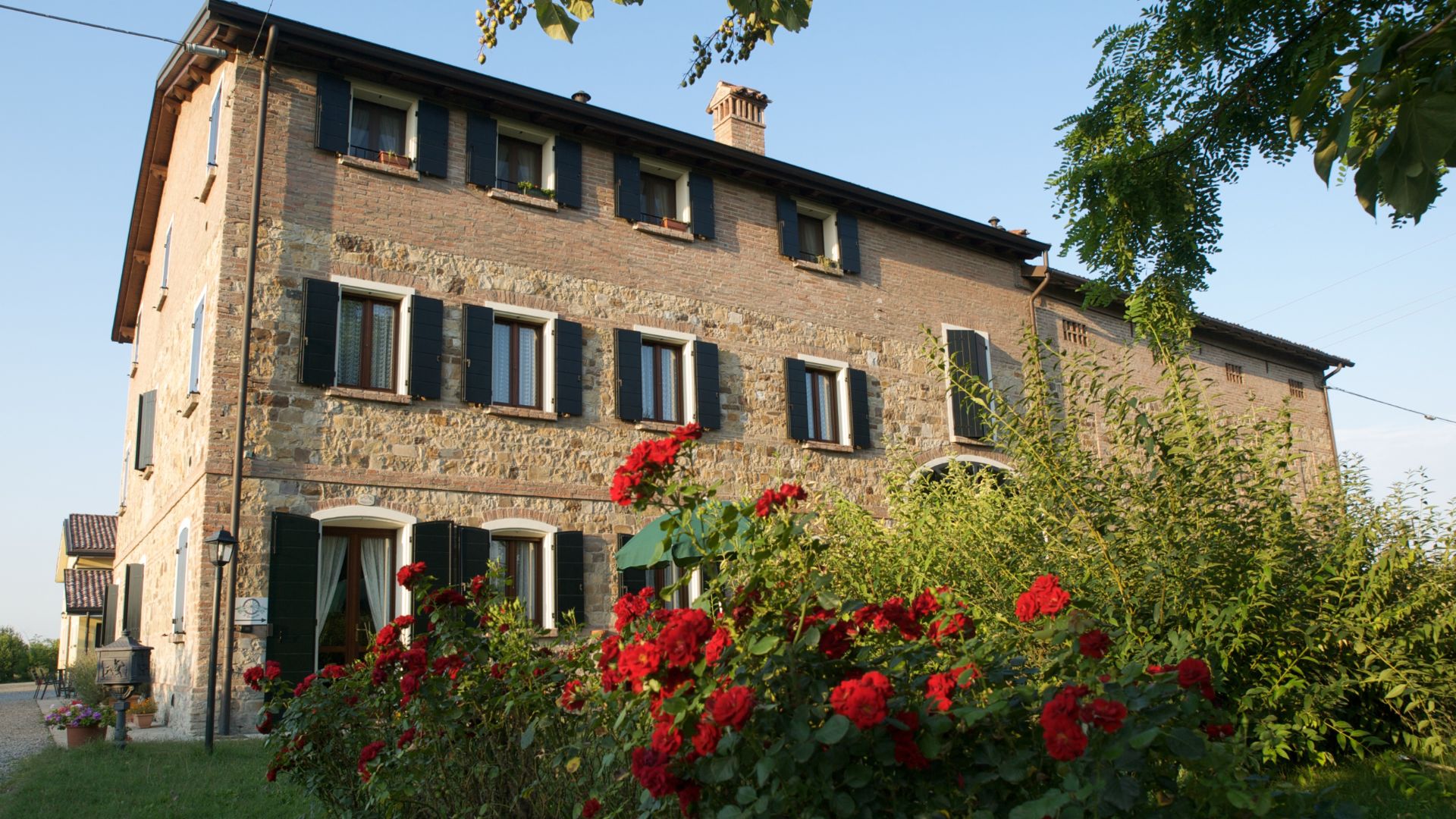
AGRITURISMO IL BRUGNOLO
Welcome to il Brugnolo
If you’re looking for completely independent apartments surrounded by greenery you really are in the right place here!
In fact, Brugnolo is immersed in the green nature of the Emilian countryside. For your relaxation, for that of your children, and again for the runs of your 4-legged friends, you will have 6000 square meters of park at your disposal!

